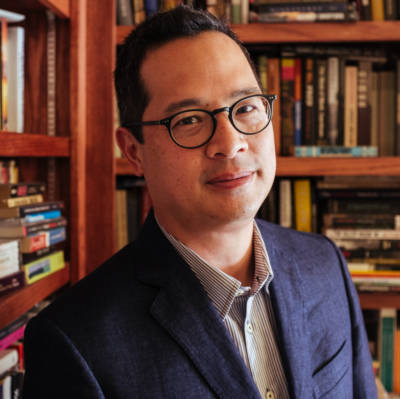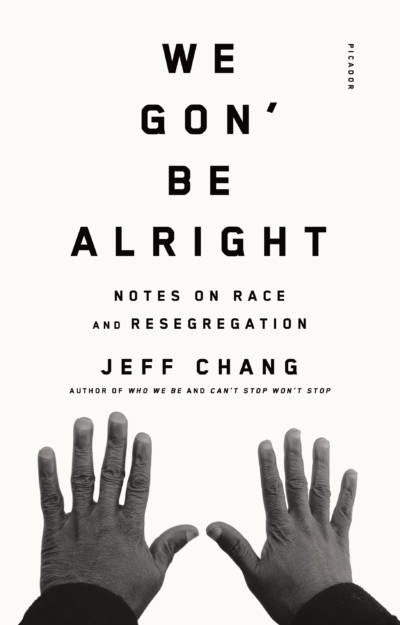Since sitting in on Jeff Chang’s Occupy Art class at Stanford in 2012, I’ve been a fan of his essays on the intersection of contemporary art and hip-hop, and his 416-page book, Who We Be: The Colorization of America, which accompanied me on an international trip.
Yet in Chang’s most recent collection of essays, We Gon’ Be Alright, what I appreciate most is that his writing seems more personal. He lets his readers in on what’s happening beyond the heady and occasionally stuffy academic world, and into what’s going on in the heart. A modern-day Chicken Soup for the Burned Out-Yet-Still-Hopeful Activist Soul, if you will.

Compared to Who We Be, which details the cultural history of the idea of race in the United States, Chang’s latest book of six essays is much smaller in weight and volume — but the content is still powerful.
His first two essays, “Is Diversity for White People? On Fearmongering, Picture Taking, and Avoidance” and “What a Time to Be Alive: On Student Protest” both focus on students and educational institutions. The former concerns the all-too-familiar account of a college trying too hard to show its diversity in promotional materials. In 2000, the University of Wisconsin went viral for all the wrong reasons by photoshopping Diallo Shabazz, a black student, into the cover of its admission booklet, prompting Chang to question — who is diversity for? The essay prompts a re-thinking of the very word “diversity,” and asks, “What would a diversity that liberated everyone look like?”
Another essay, “Vanilla Cities and Their Chocolate Suburbs: On Resegregation,” discusses the current climate of resegregation; in particular regarding education. Full of sentences that could serve as topics for future books, the essay is driven by statistics. The average white student attends a school that is 75 percent white, Chang writes. He also notes that in 2014, more than 300 school districts across the country were still involved in active desegregation orders dating to the civil rights era, and takes on changing city demographics as a result of evictions and gentrification in the Bay Area.



